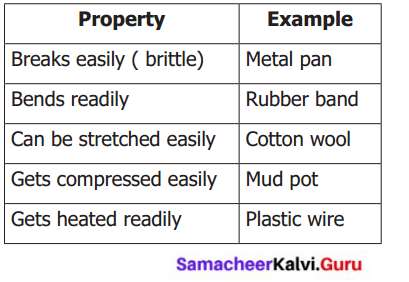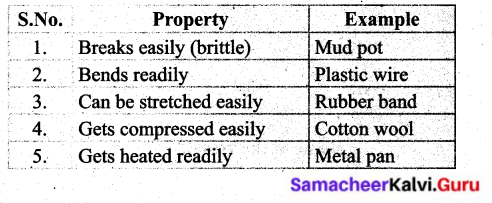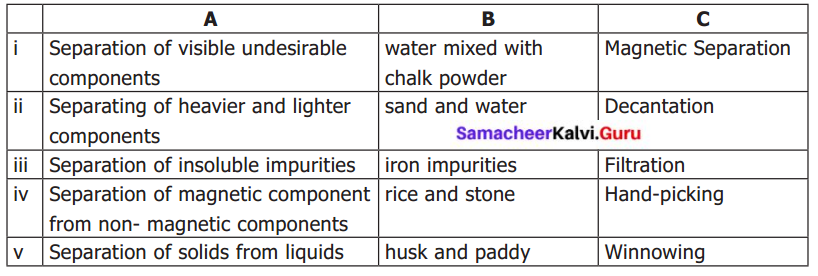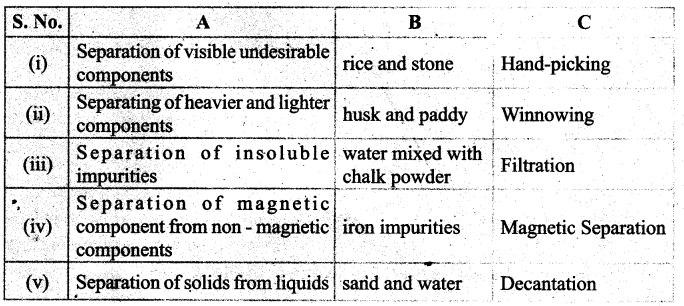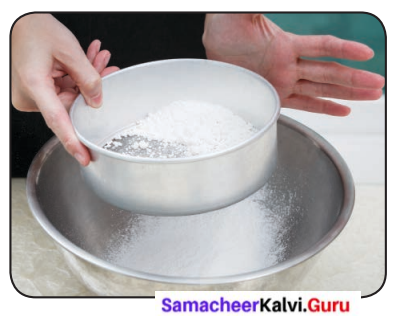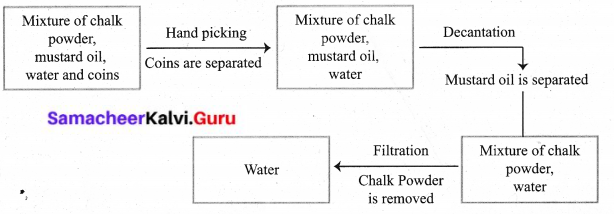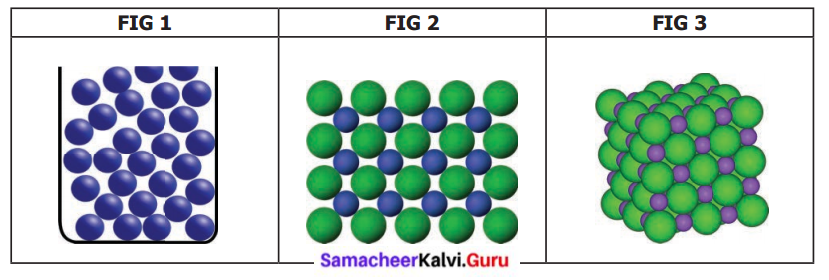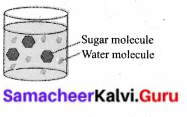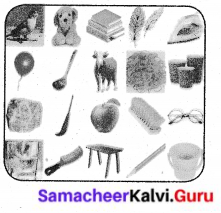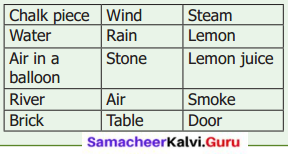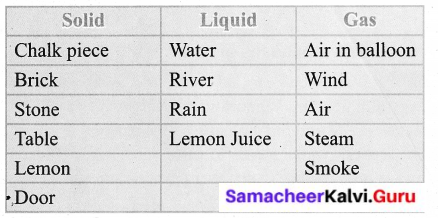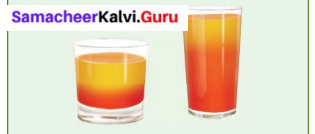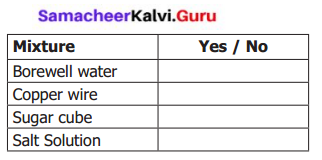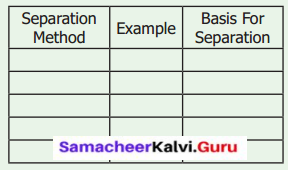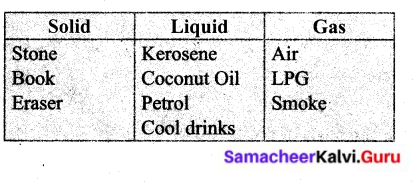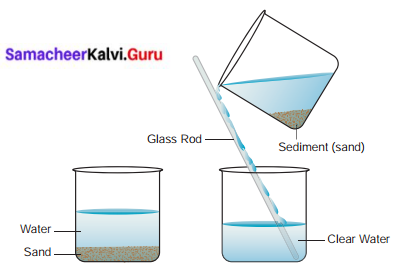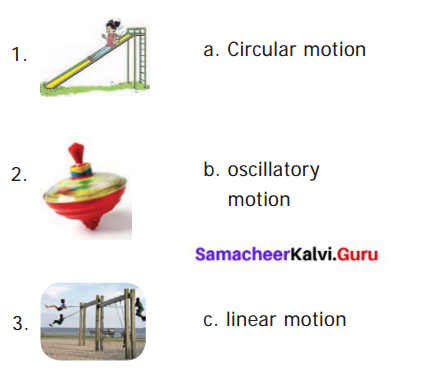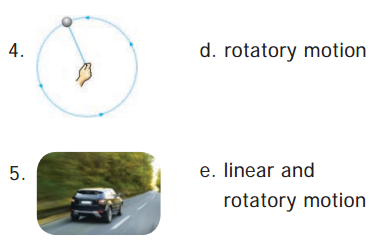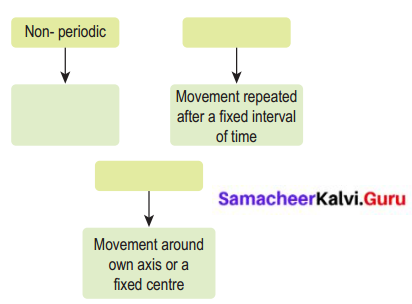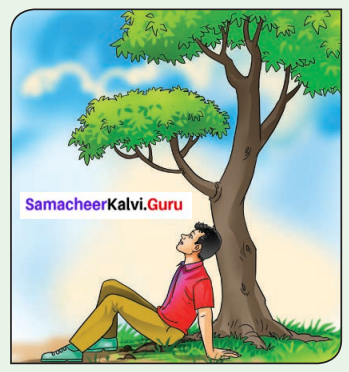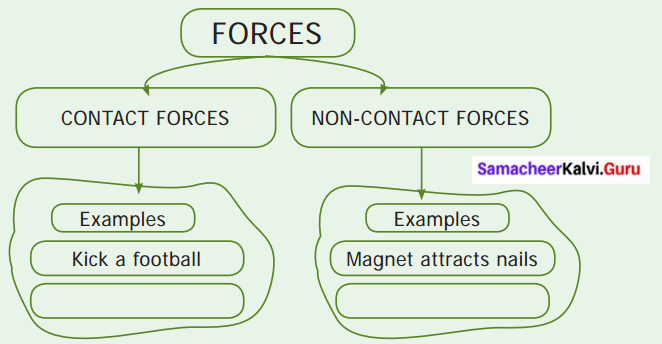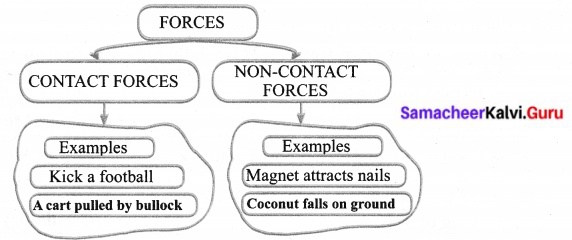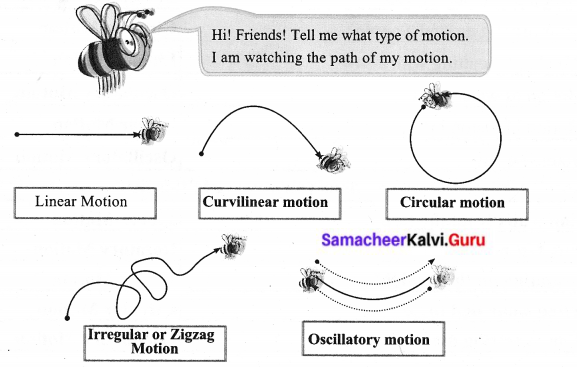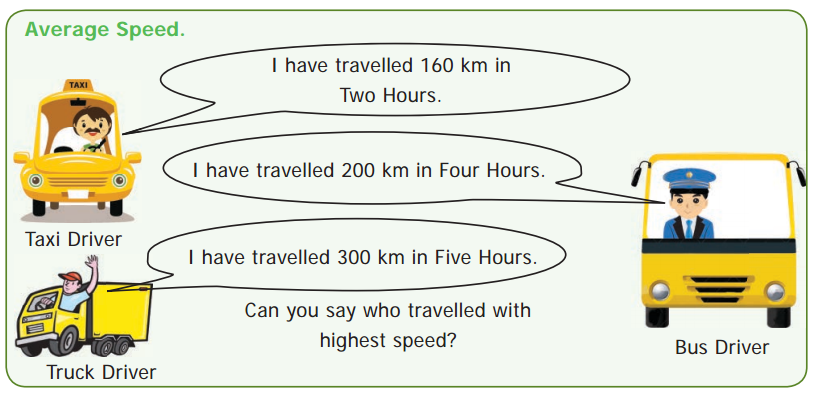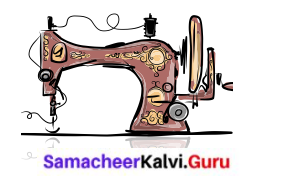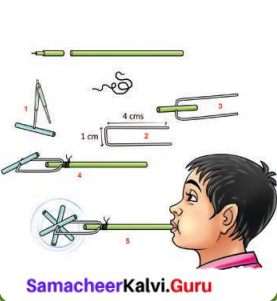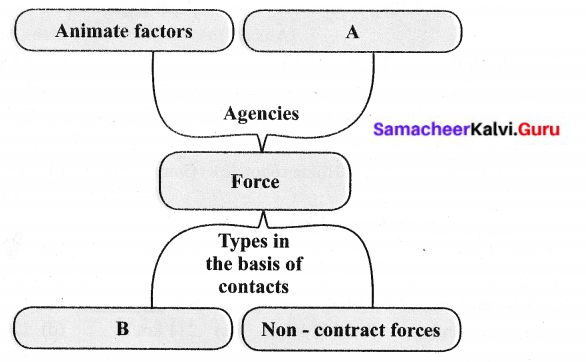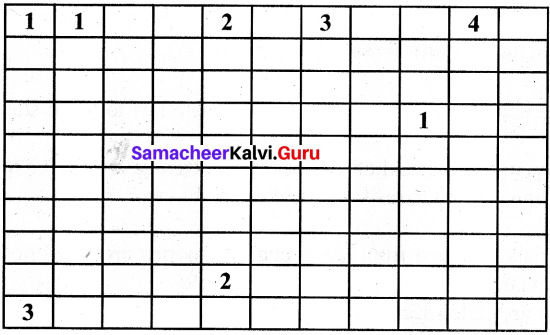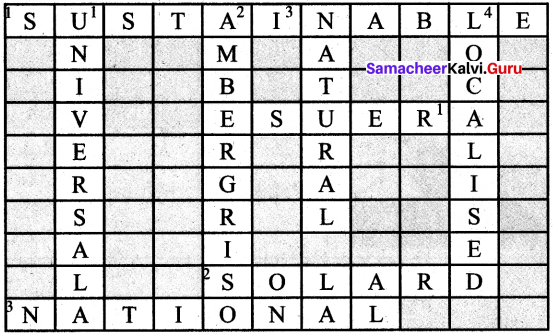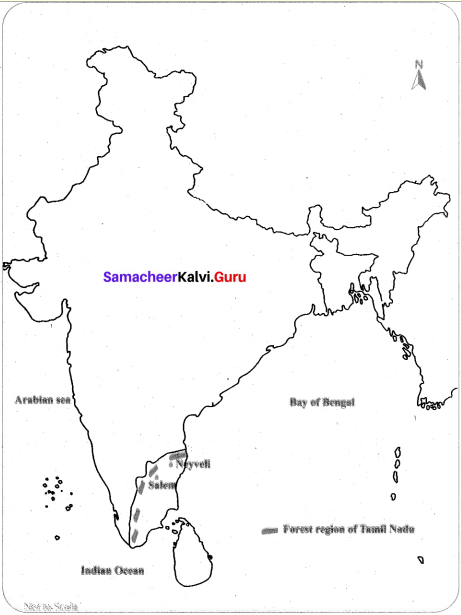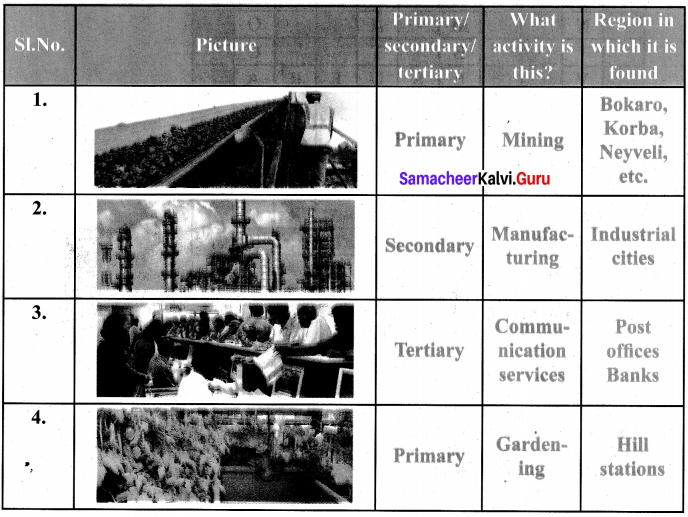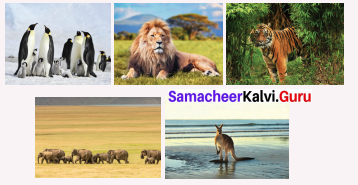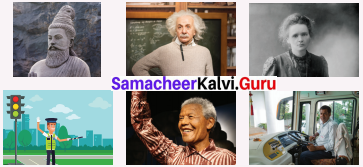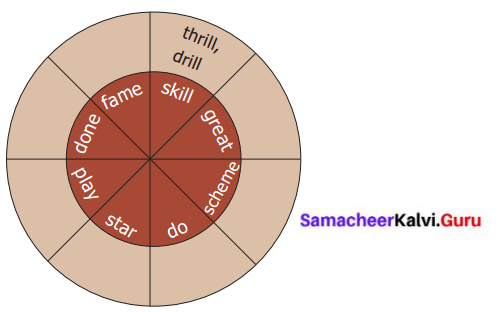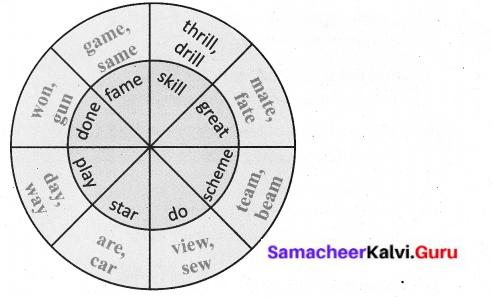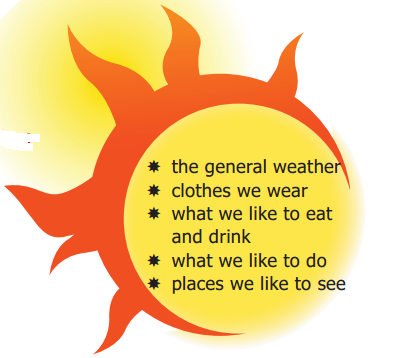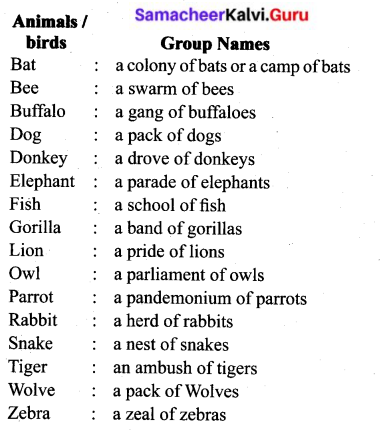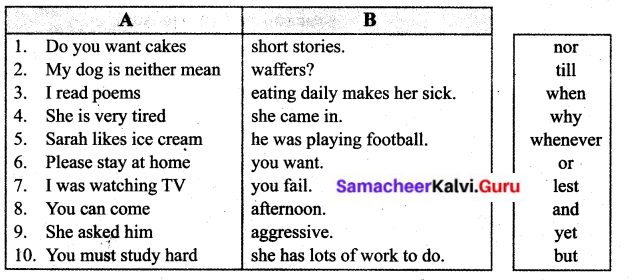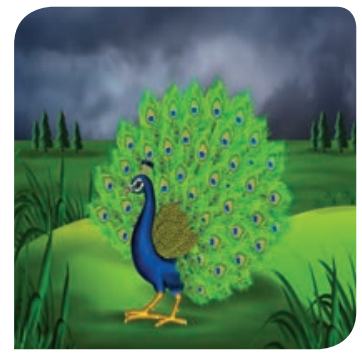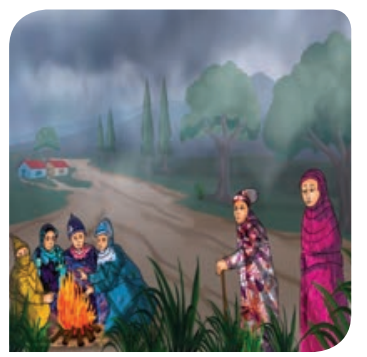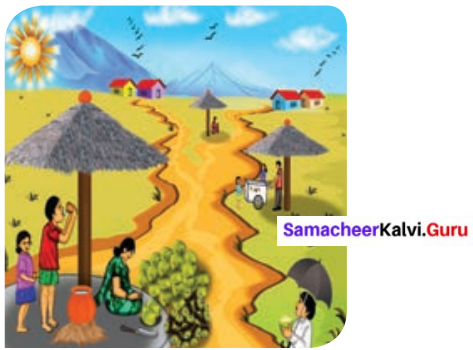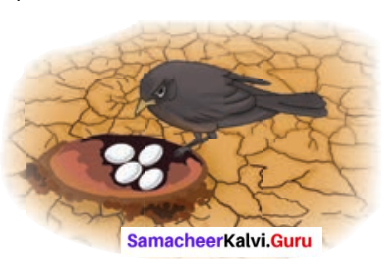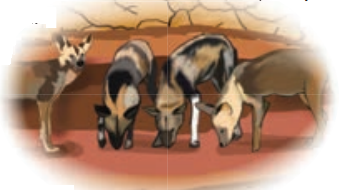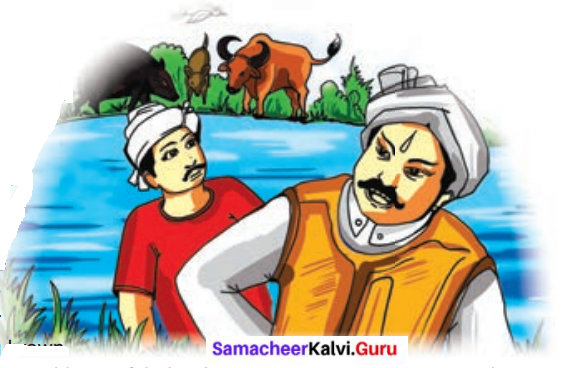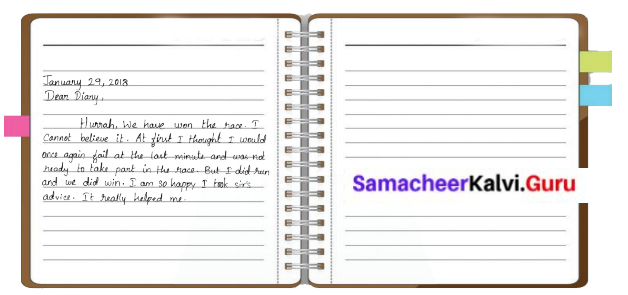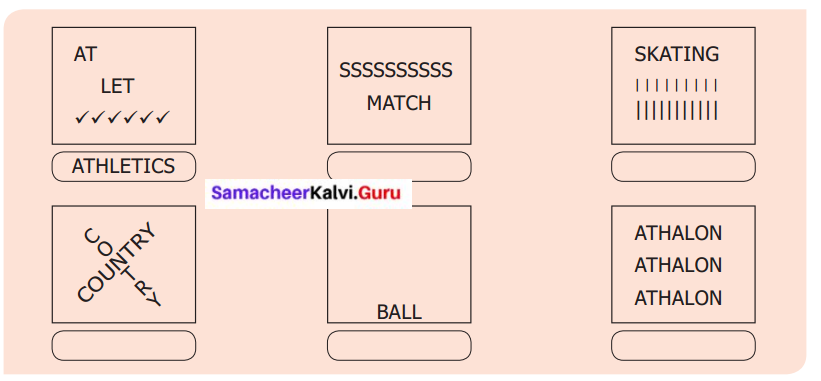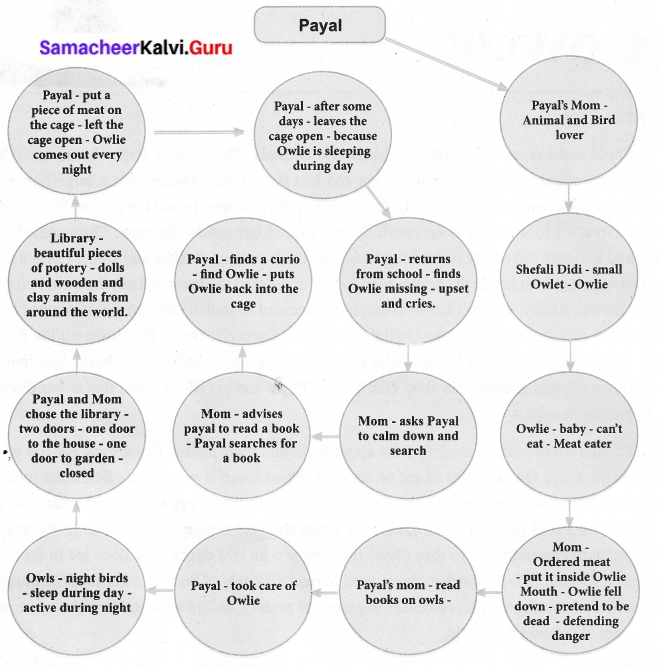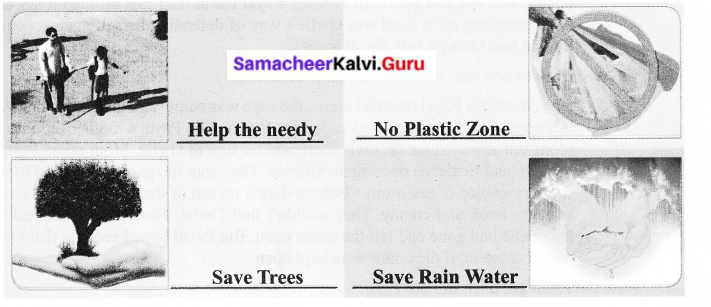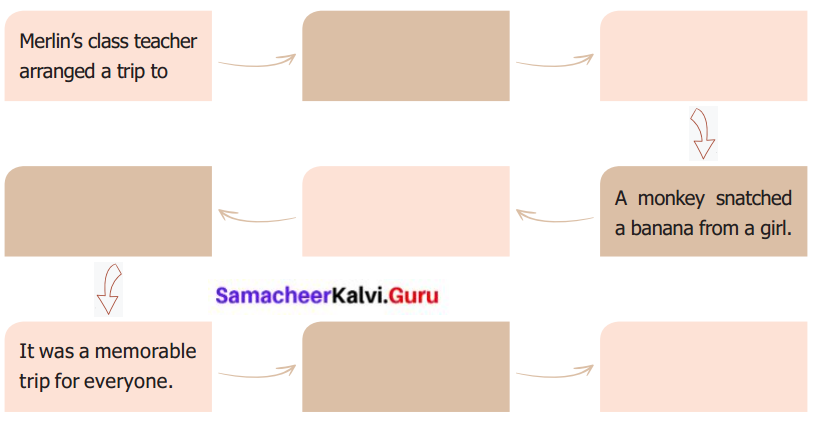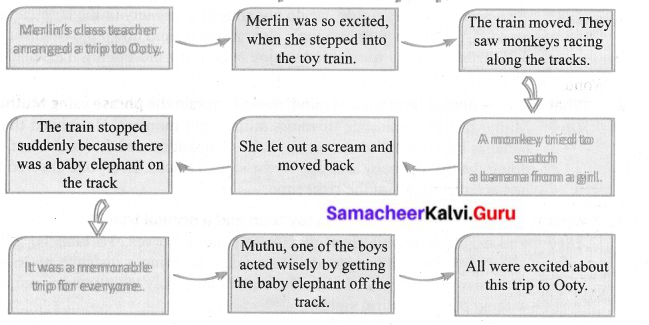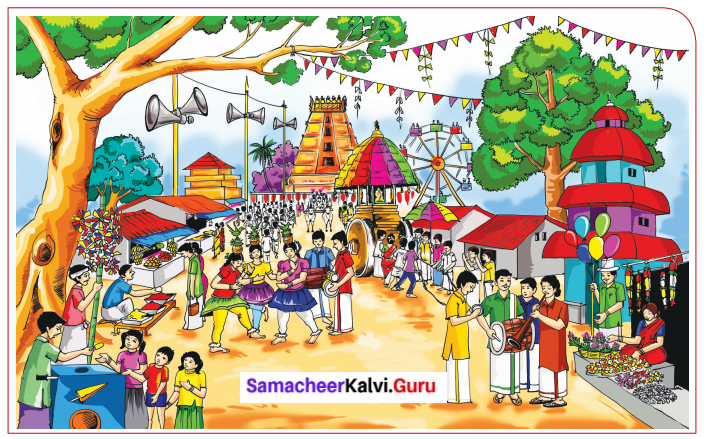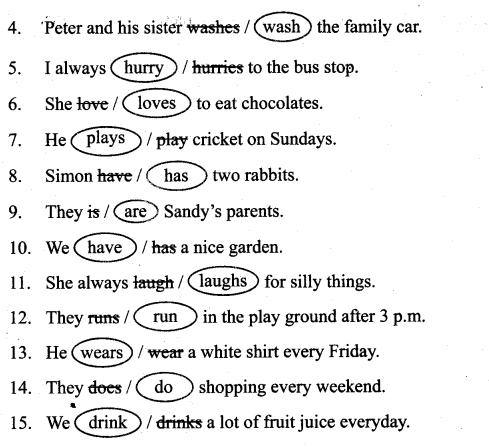Students can Download English Poem 2 Trees Questions and Answers, Summary, Activity, Notes, Samacheer Kalvi 6th English Book Solutions Guide Pdf helps you to revise the complete Tamilnadu State Board New Syllabus and score more marks in your examinations
Tamilnadu Samacheer Kalvi 6th English Solutions Term 1 Poem Chapter 2 Trees
Trees Poem Class 6 Questions And Answers Poem Overview
No. | Poem Line | Explanation |
1-2 | The Banyan is the largest of trees, The Peepul quivers in the breeze, | The banyan is the largest of all the trees. The peepul tree shivers (shakes) quickly in the breeze of the wind. |
3-4 | The Coconut grows up straight and tall, The Neem tree s fruits ate very small, | The coconut tree looks majestic, growing up straight and tall. The Neem tree’s fruits are very small. |
5-6 | The Tamarind gives us pleasant shade, The Dates leaf is as sharp as a blade, | The Tamarind tree gives us pleasant shade to relax. The leaves of the Date tree are as harp as a blade. |
7-8 | The Teak tree gives us useful wood, The Mango gives us fruit that is good. | The Teak tree gives us wood which is useful for all of us, while the Mango tree gives us fruits which are good and tasty to eat. |
Glossary
- quivers – shakes quickly
- pleasant – enjoyable
Vocabulary
A. Find the describing words given in the poem.
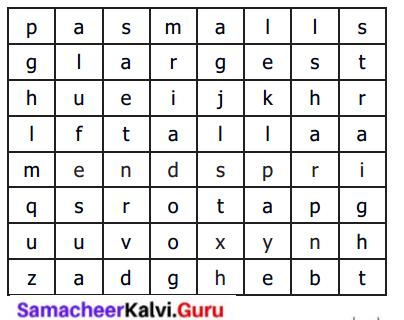
Answer:
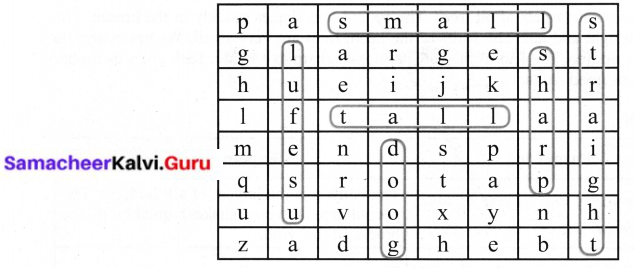
small
tall
useful
good
sharp
straight
Read and Understand
B. Answer the following.
Trees Poem Class 6 Question a.
What does the peepul do?
Answer:
The peepul quivers in the breeze.
6th Standard Trees Poem Summary Question b.
How does the coconut tree grow?
Answer:
The coconut tree grows up straight and tall.
6th English Poem Question c.
What does the tamarind tree give?
Answer:
The tamarind gives us pleasant shade.
6th Standard English Poem Trees Question d.
What is as sharp as a blade?
Answer:
The date’s leaf is as sharp as a blade.
6th Standard English Poem Question e.
What does the teak tree give us?
Answer:
The teak tree gives us useful wood.
Creative Writing
C. Read the acrostic poem on ‘Friend’. Write an acrostic poem like this on ‘Tree’.
Friend:
- Friends always love each other
- Respect each Other
- Interact with each other
- Enjoy playing with each Other
- Never hurt your friends
- Do everything together
Tree:
- Trees are our gifts
- Rear them with care
- Enjoy the earth
- Every day growing trees
Appreciating The Poem
D. Work in pairs.
A rhyme is repetition of the same sound in two or more words. Usually they come at the end of lines in poems and songs. Eg. tower – power; king – sing.
Discuss with your partner and pick out the rhyming words in the poem.
Read the poem aloud in pairs. Take turns to read the verses.
Trees – breeze
tall – small
shade – blade
wood – good
Trees Additional Questions
I. Poem Comprehension.
1. The Banyan is the largest of trees
The Peepul quivers in the breeze
6th Standard English Poem Trees Question Answer Question a.
Which is the largest of trees ?
Answer:
Banyan
Trees Poem Summary Class 6 Question b.
How does the breeze affect the trees ?
Answer:
The Peepul tree shakes quickly in the breeze.
2. The Coconut grows up straight and tall
The Neem tree s fruits are very small
6th Standard English Memory Poem Question a.
How does the coconut tree grow ?
Answer:
The coconut tree grows straight and tall.
6th Standard English Book Poems Question b.
How are the fruits of Neem tree ?
Answer:
The Neem tree’s fruits are very small.
3. The Tamarind gives us pleasant shade
The Date s leaf is as sharp as a blade
Tree Poem In English For Class 6 Question a.
What does the Tamarind tree give and why is it pleasant ?
Answer:
Tamarind tree gives pleasant shade. The shade is cool and breezy place to take rest. So it is pleasant.
Trees Poem 6th Standard Question b.
What is referred as blade ?
Answer:
The Date trees’ leaves are sharp as a blade.
4. The Teak tree gives us useful wood,
The Mango gives us fruit that is good.
6th Standard Trees Poem Question a.
Why is wood useful ?
Answer:
The wood from Teak tree can be used for making wooden furniture. So it is useful.
Poem Trees Class 6 Question b.
What does the Mango tree give ?
Answer:
Mango tree gives us mangoes which tastes good.
II. Poetic Devices.
1. The Tamarind gives us pleasant shade,
The Date s leaf is as sharp as a blade,
Question a. Mention the figure of speech.
Answer:
Simile – (Leaf is compared with blade, using the word “as”).
2. The Teak tree gives us useful wood,
The Mango gives us fruit that is good.
6th Standard English 1st Poem Question a.
Pick out the alliterated words.
Answer:
Teak – tree
6th Standard English Memory Poem 1st Term Question b.
Pick out the rhyming words.
Answer:
wood, good.
III. Paragraph Questions.
6th Standard English Trees Poem Question 1.
Trees are very useful to Humans. Explain
Answer:
Trees have always been useful to Man. In fact, trees are responsible for existence of life on earth. The Banyan tree and Tamarind tree give us pleasant shade to take rest on a sunny day. The Coconut tree gives us tender coconut and leaves are used for building thatched houses. The Mango tree gives us sweet mangoes and the . Teak tree gives us wood to make wooden furniture.
6th Standard Poem Question 2.
What are the trees mentioned in the poem and what do each tree contribute to the people?
Answer:
The trees mentioned in the poem are the Banyan tree, the Peepul tree, the Coconut tree, the Neem tree, the Tamarind tree, the Date, Teak and the Mango trees. The Banyan tree is the largest tree, which provides pleasant shade to the tired people. The Peepul tree also gives cool breeze, as its leaves shake in the breeze. The Coconut gives tender coconut and its leaves are used to build thatched houses. The Tamarind gives pleasant shade. The Date tree and the Neem tree give medicinal values. The Teak gives us wood to make wooden furniture and doors. The Mango tree gives tasty fruits for us.
Trees Summary
The Banyan tree is the largest of all trees. The peepul tree shakes quickly in the breeze. The coconut tree grows straight and tall. The fruits of the neem trees are very small. We get enjoyable shade from the Tamanind tree. The leaf of the date palm is as sharp as a blade. Teak gives us timber and mango tree gives us good fruits.
